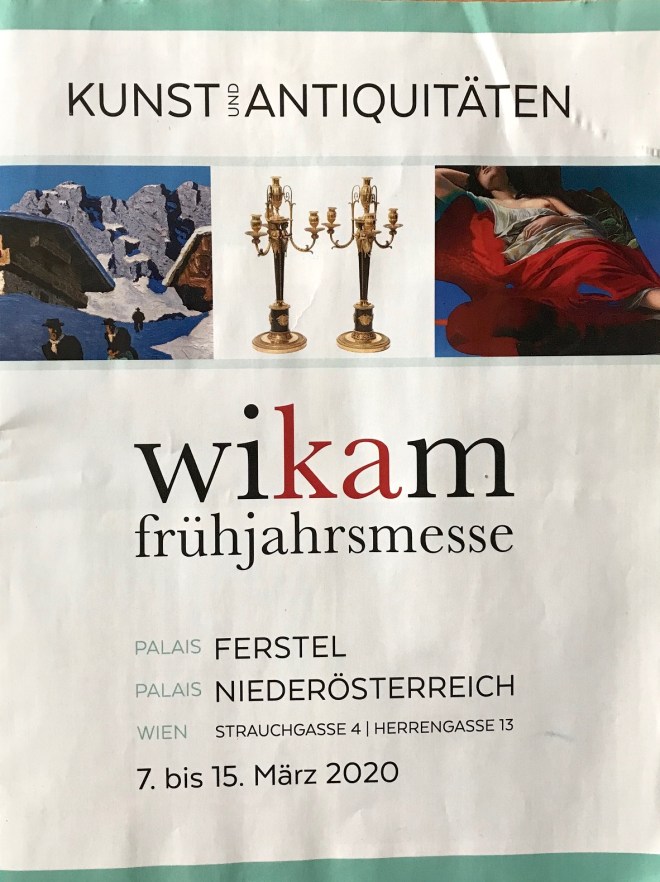In Austria, where I live, every day the number of infected by the corona virus rises. Today some towns in Salzburg province were added to the quarantine list. Because all shops except groceries, pharmacies, etc. are closed, it is said that many businesses are in danger of going bankrupt and joblessness will rise. Today the Austrian government made te announcement “whatever the cost” they will invest in order to help people, businesses etc. .”Whatever the cost”. How many politicians can honestly say those words. It remains to be seen whether this can be totally effective but it encourages people.
私が住んでいるオーストリアでは、コロナウイルスの罹患者数が登るばかり。今日、新たに、ザルツブルク州のいくつかの地域が、隔離地域に加えられました。生活に欠かすことのできない食品を売る店や薬局など以外は全て閉まっていますし、倒産や失業率が高くなることが想像されます。今日、オーストリア政府は「なんとしてでも」失業する人等を助ける、と発表しました。「なんとしてでも」。どれほど多くの政治家が、この言葉を、偽りの心なくして言うことができるでしょうか。どれだけ実現するかわからないとしても、非常に心強く思いました。









You must be logged in to post a comment.